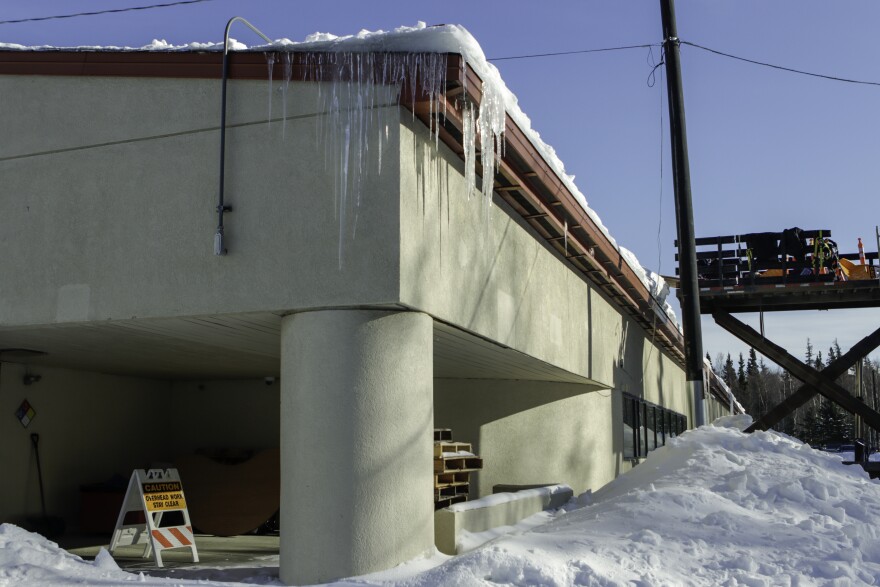The Anchorage School District is considering redrawing some middle school boundaries as part of its plan to close or consolidate schools in response to a shrinking student population.
At an Anchorage School Board work session on Oct. 15, Deputy Chief of Schools Kersten Johnson-Struempler noted that declining birth rates in Anchorage have led to fewer students in many of the district’s elementary schools. Middle schools are more varied, and only two schools hold fewer than 60% of the students they were built for.
“What that tells us about the boundaries is we need less elementary schools to house our students, and we need to take a really good look at our middle school boundaries so that we get more equitable distribution of students across the district and balance that load a little bit,” Johnson-Struempler said.
In an email sent out to parents Friday, ASD Superintendent Jharrett Bryantt said the plan for closing schools and redrawing boundaries will be released on Nov. 1, with a work session to discuss the list on Nov. 4 and a board vote planned for Dec. 17. The district has scheduled five separate community conversations in mid-November to gather additional feedback about the plan.
In 2022, the district recommended closing six schools due to a budget deficit, but only ended up closing Abbott Loop Elementary. ASD Chief Financial Officer Andy Ratliff said the district faces a budget deficit between $64-84 million this year, but noted that school closures are not the way to fill that shortfall.
“In reality, by closing schools we don’t save a lot of operational money,” Ratliff said.
ASD Chief Operating Officer Jim Anderson laid out the district’s evaluation tool for determining which schools would be most suitable for closure at the work session last week. The tool grades schools based on the condition of facilities, cost effectiveness, size and utilization, and other impacts to the community.
“It doesn’t mean that those are the red flashy lights that those schools that need to close, because there’s all these other factors that we will take into account,” Anderson said.
One of those factors is transportation. The district is limited to bus routes of 45 minutes, and Anderson said that could prohibit certain schools from closing or having their boundaries redrawn.
“In every other world this school may have the lowest number, but there’s no way you can get those kids to school in a 45 minute bus loop which means none of those buses would make it to high school and none of those buses would make it to middle school, then that's not the school you're going to close,” Anderson said.
Anderson said the plan — referred to as “right-sizing” by district officials — will be implemented over at least three years and is likely to be extended. The district has solicited community input from three surveys already this year. Anderson said the district changed its process this year in response to community concerns during the closure of Abbott Loop.
“If you really want to talk to and listen to family members, we needed to change the format,” Anderson said. “That’s what we’re focused on this time is having something that’s more personal.”
District officials said the district plans to maintain special academic programs at schools wherever possible, and will prioritize keeping students from feeder schools together as they move on to middle and high schools.


